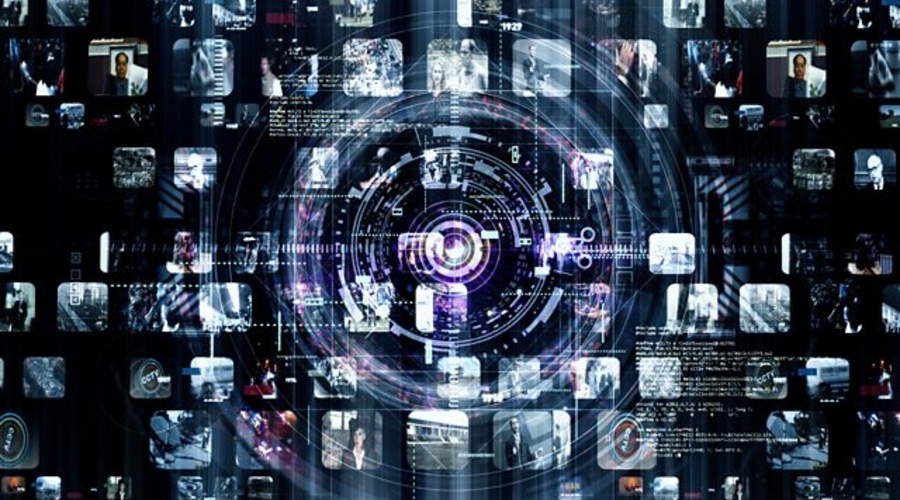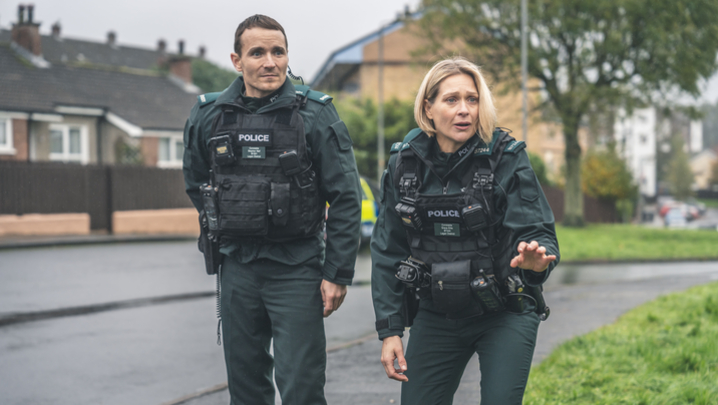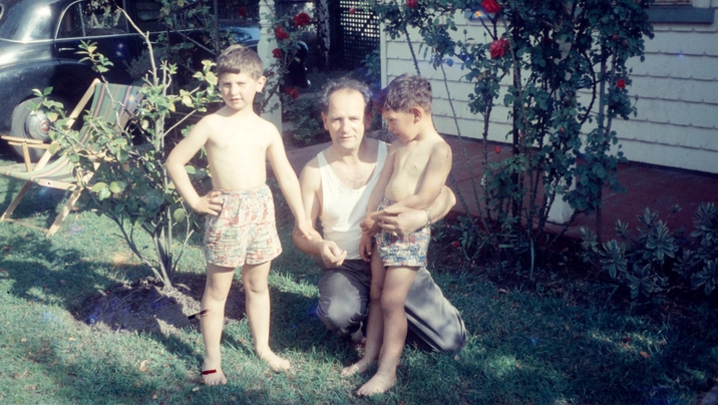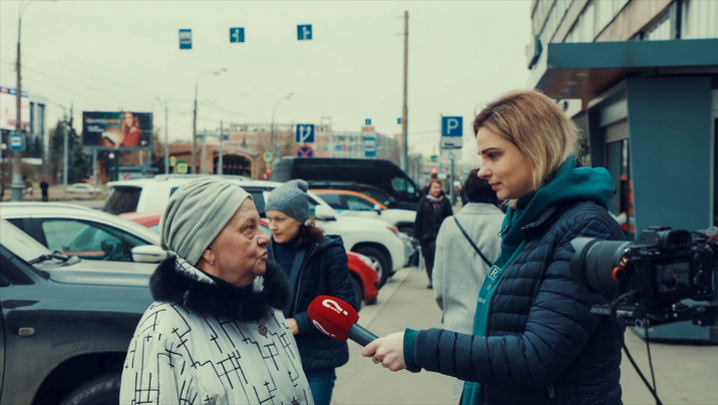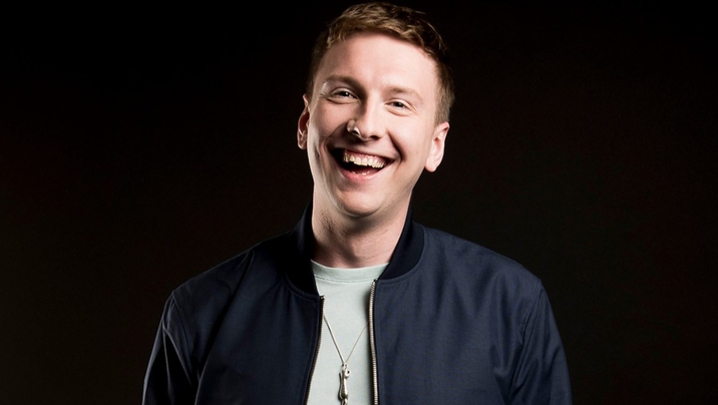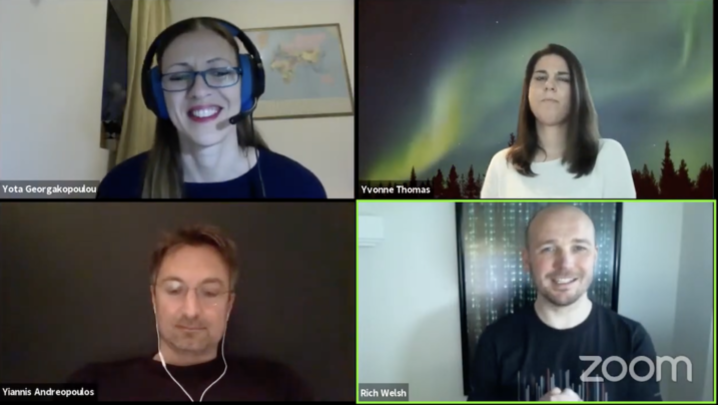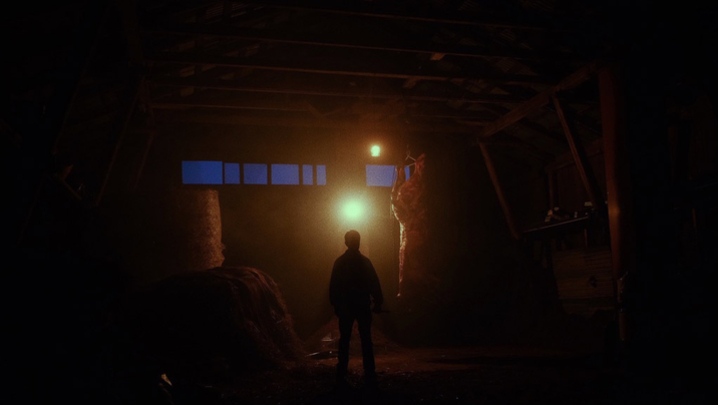The idea seemed more sci-fi than telly, but BBC Four’s artificial intelligence-generated programme proved the doubters wrong when it aired in early September.
The two architects of the programme – BBC Four channel editor Cassian Harrison and BBC Research & Development’s head of internet research and future services, George Wright – explained how they used artificial intelligence (AI) to create Made By Machine: When AI Met The Archive at an RTS London event in early December.
This followed up on an event in May, when RTS London explored how AI technology could shape TV’s future.
BBC 4.1 AI TV offered two nights of programming about the technology, including one radical experiment. Made By Machine: When AI Met The Archive, which was presented by Dr Hannah Fry and a virtual co-presenter, used AI to unearth hidden gems from the BBC’s vast archive, a task that would have been too time-consuming for human researchers – and then made the programme.
“We delivered the world’s first broadcast TV programme, which was edited, selected and basically built by AI – with a little bit of human intervention as well,” said Harrison.
People have to guide the technology so it can provide the content that audiences want. “With AI, you have to build it with humans,” said Wright. Without human involvement, “You would deliver quite a poor output.”
To make Made By Machine, 270,000 hours of factual programming were analysed for their “BBC Four-ness”, explained Wright. This process identified 150 programmes that reflected the channel’s style and tone.
The archive clips were found and stitched together by AI, which used three methods: identifying objects in programme scenes; scanning subtitles to find connections between words, subjects and themes; and analysing the visual “energy” on screen to create a compilation that moves between high and low energy scenes.
“Over the course of the evening, particularly for the Made By Machine hour, we [had] more than a quarter of a million people watching, which is a pretty healthy audience for BBC Four,” said Harrison.
The BBC Four channel editor stressed that the programme was an experiment: “This is not the direction in which the BBC will now be scheduling and making its television programmes.”
But the lessons from the experiment were valuable. AI “can effectively analyse video content” and “edit and build its own image sequences”, he said.
Joining Harrison and Wright on the panel at the RTS London event, which was chaired by Enders Analysis head of TV analysis Andrew McIntosh, were John Motz, chief technology officer at GrayMeta, and Paul Moore, Atos UK’s director of new media and technology futures.
Motz said that GrayMeta takes a “humanistic approach” to AI in its work for broadcasters that include Channel 4 and Sky. “There’s so much opportunity to drive efficiency and quality, and [to generate] more interactive experiences,” he said. “But it’s clear to me that we’re a decade or more away from getting to a place where it’s fully automated.”
GrayMeta has worked with Channel 4 as part of its AI-driven Contextual Moments trial, allowing the broadcaster to place a brand’s ads close to relevant scenes in a TV programme. For the wedding of Prince Harry and Meghan Markle in May, GrayMeta helped to develop the Sky News Royal Wedding App that enabled viewers to identify and see information about guests on its live broadcast.
Paul Moore explained that with broadcasters, Atos works “behind the scenes” in areas such as workflows and IP routing. “Those things in the background that the audience never sees are ripe for optimisation using AI,” said Moore.
His company is currently using AI to annotate a European video archive to help “monetise its content. But to be able to do that, [the archive] needs to understand very clearly what the content is.”
Addressing broadcasters, Moore recommended using AI for “low-hanging fruit. Find the simple things that can be done, which are very difficult for humans.”
But, he concluded that, as AI has no innate common sense or ethics, “the human still needs to be in the loop”. For now, he added: “Let’s not think about artificial intelligence in broadcasting – let’s think about augmented intelligence.”
The RTS London event, “AI in broadcasting 2: learning fast”, was held at Atos in central London on 5 December. The producer was Carol Owens.

